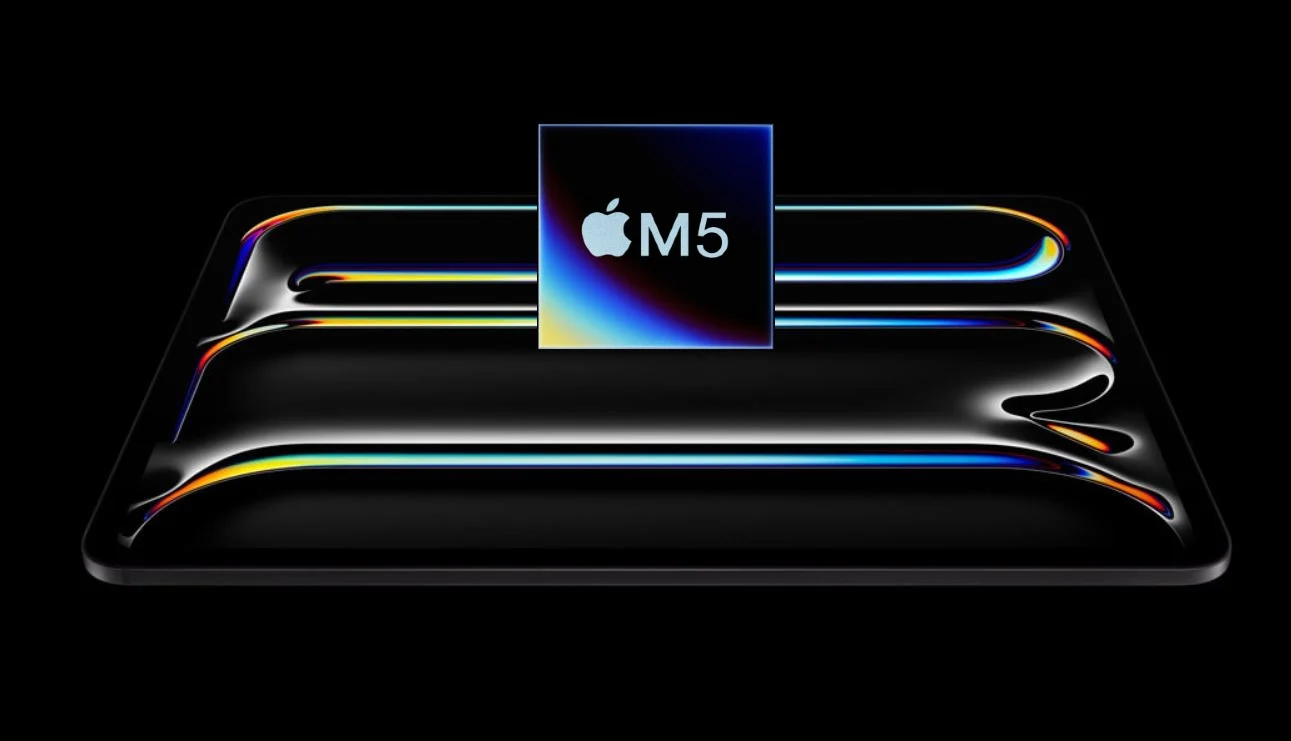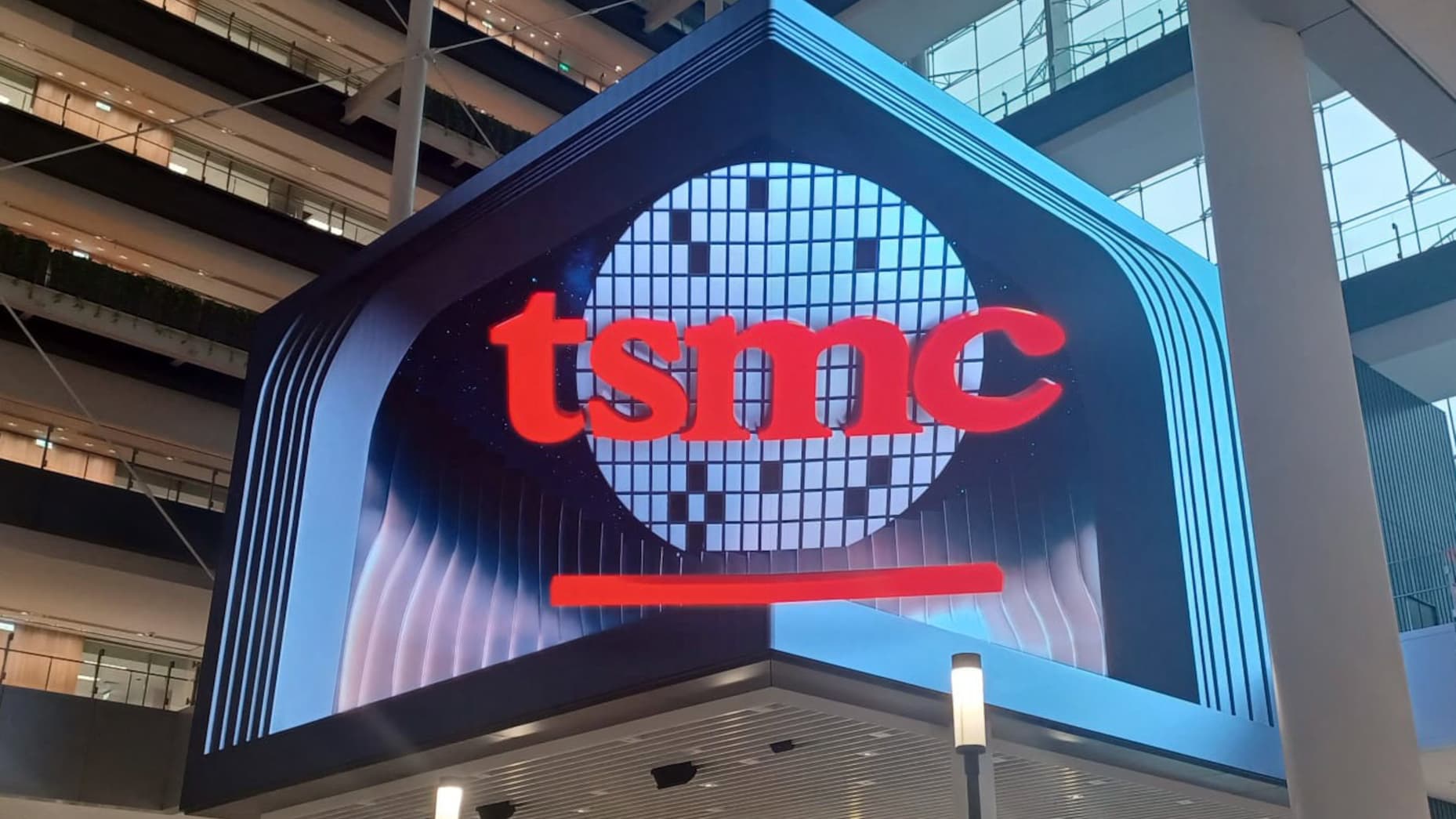Key Takeaways
1. Apple is expected to launch new iPhones and Apple Watches in September 2025, along with an iPad Pro featuring the M5 chip in October.
2. A successor to the Apple Vision Pro with an upgraded M4 chipset and improved head strap is anticipated by the end of 2025.
3. New products like Apple TV 4K and HomePod mini are expected to include Apple’s own WiFi chip; however, the new MacBook Pro has been delayed to early 2026.
4. The MacBook Air M5 is set to launch in early 2026, alongside refreshed budget-friendly iPads and the iPad Air with the M4 chip.
5. A new Apple Studio Display and a smart home hub are likely to debut in the first half of 2026, while a more affordable MacBook with an iPhone processor is also rumored.
Based on leaked identification numbers and code from an internal version of iOS 18, a new report from Bloomberg provides further details on the products Apple is expected to launch within the next twelve months.
Expected Launches in Late 2025
The product lineup for the second half of 2025 doesn’t hold many surprises, as it’s likely that Apple will unveil new iPhones and Apple Watches in September, as is the custom. Following this, there is an expectation of the iPad Pro powered by the Apple M5 chip in October, which will likely see minimal upgrades apart from the system-on-chip. Additionally, the Apple Vision Pro is anticipated to have a successor, which will feature an upgraded Apple M4 chipset and a more comfortable head strap. The following Apple products are expected to launch by the end of the year:
Apple roadmap for H2 2025
Earlier speculations have also suggested a new Apple TV 4K and a HomePod mini, both of which are anticipated to incorporate Apple’s own WiFi chip for the first time. Notably, a new MacBook Pro, which should have been based on the Apple M5 Pro and M5 Max, is missing from this list. Bloomberg reports that the launch of this product has been delayed until early 2026. This iteration is said to be the last with the current design before the MacBook Pro transitions to a thinner and lighter chassis with an OLED screen.
Looking Ahead to Early 2026
The MacBook Air M5 is also expected to be introduced early next year. In March or April 2026, Apple may refresh its most budget-friendly iPad along with the iPad Air, equipping them with newer processors. However, the iPad Air is expected to lag a generation behind the iPad Pro, featuring the Apple M4 chip. Aside from the new processor, there are no significant changes or updates planned. Particularly exciting is the possibility of a new Apple Studio Display, since the current model is now over three years old. Additionally, the long-anticipated smart home hub could debut in the first half of 2026. Notably absent from Bloomberg’s list is a more affordable MacBook utilizing an iPhone processor, which is also rumored to launch early in 2026.
Source:
Link





